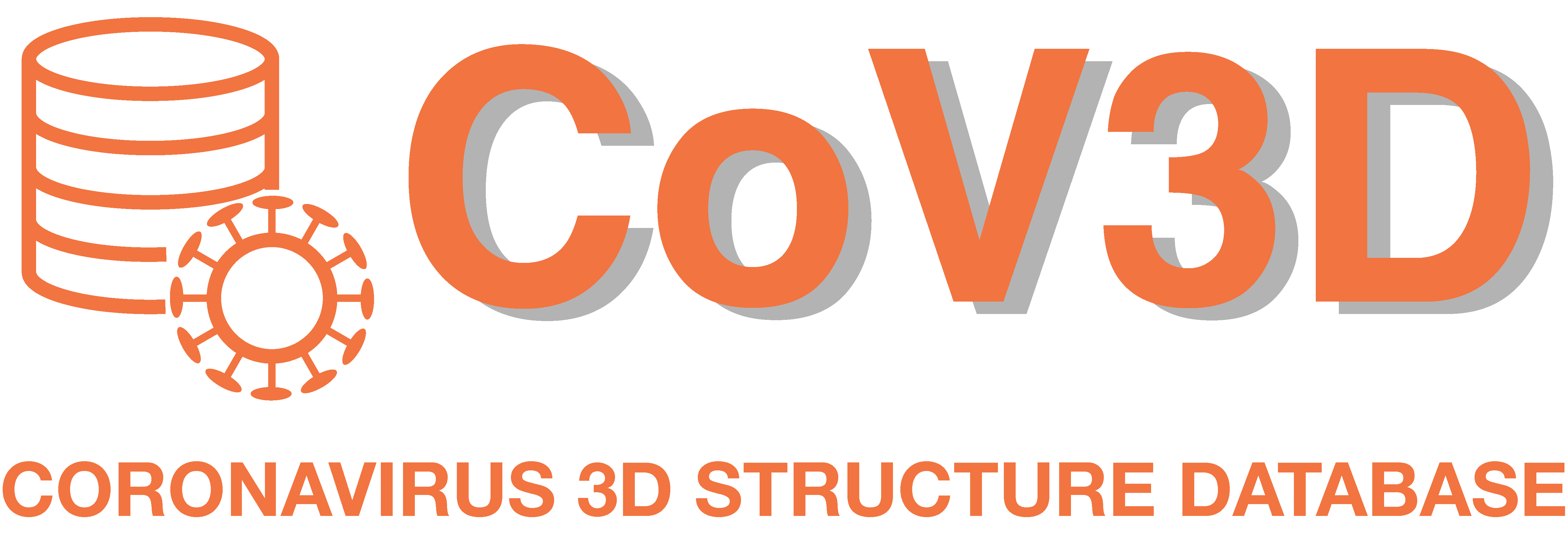IBBR Laboratory Develops a Database of Coronavirus Protein Structures, CoV3D, to Facilitate Advances in COVID-19 Research

June 8, 2020 - In response to the global COVID-19 pandemic, researchers across the world have been working to rapidly develop tests, vaccines, and therapeutics. High resolution structures of coronavirus proteins are critical to understanding the virus and how it causes disease, as well as how the immune system recognizes the virus, which can be used to design effective vaccines and antibody-based therapeutics. To provide a simple and up-to-date reference of coronavirus structural data to the scientific community, a team in the laboratory of IBBR Investigator Dr. Brian Pierce (Assistant Professor, UMCP Department of Cell Biology & Molecular Genetics) has created the CoV3D database, which contains SARS-CoV-2 (the virus that causes COVID-19) and other coronavirus protein structures.
“My laboratory has been highly interested in viral structures and their recognition by the immune system, as we use these datasets to build and apply computational tools to model and design antibodies and vaccines. These are a rapidly growing and fascinating set of structures and interfaces, and this resource gives my lab the opportunity to put together something that's interesting and useful for our own work, which can also hopefully be of use to the community” said Dr. Pierce.
CoV3D (https://cov3d.ibbr.umd.edu) compiles experimentally determined coronavirus protein structures as they are deposited in the Protein Data Bank, updating weekly. Insights into how the viral proteins interact with the immune system and viral inhibitors is important to developing interventions; the database therefore includes and annotates structures of coronavirus proteins in complex with antibodies, receptors, and small molecules.
CoV3D includes structures of the viral spike protein, protease, and other proteins. The spike protein is a protein embedded in the viral envelope that mediates entry into host cells and is therefore a major target of SARS-CoV-2 vaccine and antibody-based therapeutics development. Information on spike glycoprotein sequence variability is also included in the database and these data are mapped onto the spike protein structure. Additionally, since glycosylation, a post-translational modification involving attachment of polysaccharides to proteins, can impact recognition of viral spike proteins by the immune system, CoV3D includes models of glycosylated spike proteins. This database serves as a resource to the scientific community to facilitate understanding of coronavirus structure and further enable rational drug and vaccine design.
- To view the paper, see here
